
| Recorded by: F. Williams, S. Williams on 2025-09-26
Gates Co.
Comment: | 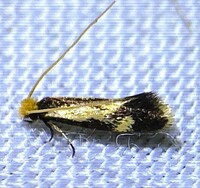
| Recorded by: Dean Furbish and Joy Wiggins on 2025-09-19
Wake Co.
Comment: |
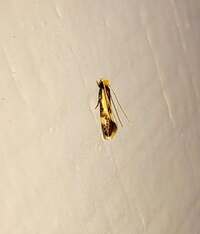
| Recorded by: Allison Garton on 2025-09-03
Moore Co.
Comment: | 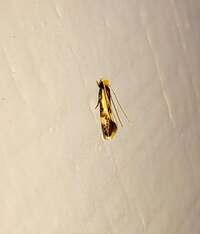
| Recorded by: Allison Garton on 2025-09-03
Moore Co.
Comment: |
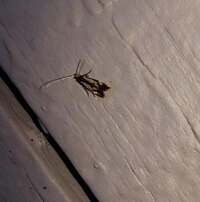
| Recorded by: Allison Garton on 2025-09-03
Moore Co.
Comment: | 
| Recorded by: B. Bockhahn on 2025-07-29
Macon Co.
Comment: |

| Recorded by: B. Bockhahn on 2025-07-29
Macon Co.
Comment: | 
| Recorded by: B. Bockhahn on 2025-07-29
Macon Co.
Comment: |

| Recorded by: Jim Petranka on 2025-07-24
Madison Co.
Comment: Specimen was dissected (male). | 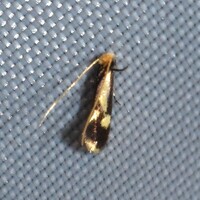
| Recorded by: Jeff Niznik, David George, Larry Chen, Sarah Toner, Joye Zhou on 2025-06-20
Richmond Co.
Comment: |
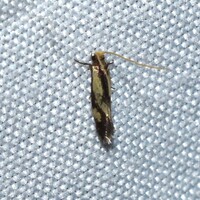
| Recorded by: David George, Jeff Niznik, Stephen Dunn on 2024-06-29
Chatham Co.
Comment: | 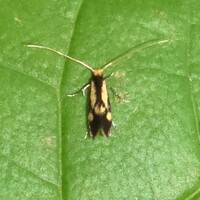
| Recorded by: David George, Tracy Feldman, Jeff Niznik, Rich Teper, Patrick Coin, Becky Watkins on 2024-06-08
Wake Co.
Comment: |
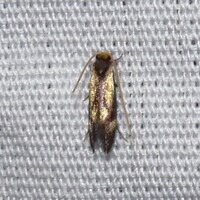
| Recorded by: David George, Jeff Niznik on 2023-09-11
Orange Co.
Comment: | 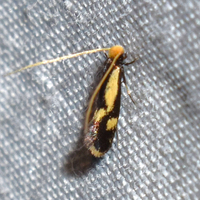
| Recorded by: David George, Stephen Dunn, Jeff Niznik on 2023-08-18
Caswell Co.
Comment: |
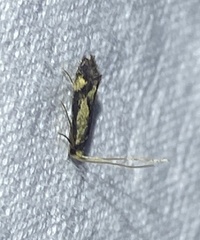
| Recorded by: David George on 2022-08-31
Durham Co.
Comment: | 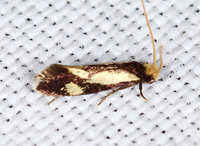
| Recorded by: Jim Petranka, Steve Hall and Bo Sullivan on 2022-08-28
Moore Co.
Comment: |
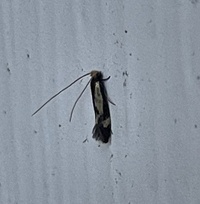
| Recorded by: Morgan Freese on 2022-07-24
Buncombe Co.
Comment: | 
| Recorded by: Jim Petranka and Becky Elkin on 2020-08-05
Madison Co.
Comment: |
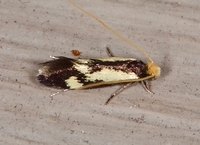
| Recorded by: Jim Petranka and Becky Elkin on 2020-08-01
Madison Co.
Comment: | 
| Recorded by: Jim Petranka and Becky Elkin on 2020-08-01
Madison Co.
Comment: |
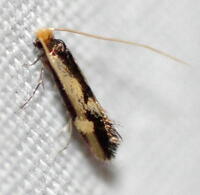
| Recorded by: Kyle Kittelberger on 2013-08-26
Surry Co.
Comment: BugGuide: Photo#874570 | 
| Recorded by: T. DeSantis on 2009-07-14
Camden Co.
Comment: |
|

 »
»



 »
»

